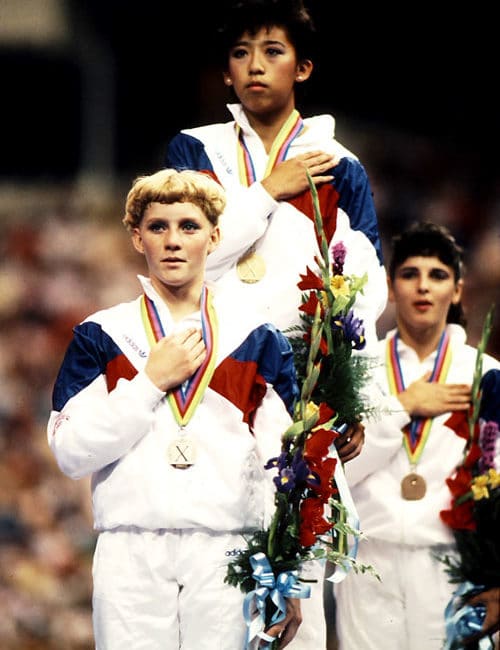
Indy's Pan Am Games: Settling the Score
Picking the most pivotal sports moment in Indy’s recent history, the Pan Am Games or the Super Bowl, is no contest. One changed the course of the city’s future and proved it could handle the world’s largest events. The other was a football game.
Held 25 years ago this month, the Western Hemisphere’s version of the Olympics brought more than 4,350 athletes from 38 nations to Indy (and beyond, including Michigan City for yachting and Brown County for long-distance cycling). But memories of the Games have faded, leaving its legacy to be underrepresented by its host venues (Pan Am Plaza sits empty, the Hoosier Dome met the wrecking ball—and have you ever attended a competition at IUPUI’s stadium?). Yet local organizers say the benefits are as relevant now as they were back in the days of shoulder pads and Reaganomics.
“A successful enterprise like that creates a can-do mentality,” says Ted Boehm, the chairman and CEO of the event’s organizing committee, who went on to serve as an Indiana Supreme Court justice. The Games required 36,000 volunteers (the Super Bowl called for 8,000), and for many, the experience served as a crash course in leadership. It also networked local movers and shakers and greased the wheels for other skyline-altering projects and, ultimately, downtown’s renaissance. “I’m not at all sure that Circle Centre would have been built if we hadn’t done the Pan Am Games,” Boehm says. The Games, he says, were a high-profile example of Indy’s business community coming together to make the city “a more interesting place to live.”
Mark Miles, president of the Pan Am organizing committee and, later, chairman of the Super Bowl Host Committee, says that much of the city’s “innovative” approach to the NFL extravaganza—like mobilizing a sea of volun-teers and generating local buy-in with lots of community-engagement projects—was cribbed from the Pan Am playbook. But the Games were harder to stage. There were 34 sports instead of one, multiple languages to accommodate, and controversies surrounding the Cuban team, whose baseball players were offered rewards to quit the squad in protest over Castro and whose members reportedly objected to a performance by Miami Sound Machine at the closing ceremonies.
Miles, though, is unsentimental about Pan Am Plaza, which is targeted for a total overhaul. “You’re lucky to have a 30-year life cycle on capital projects,” he says. “Those facilities served well for a long time.”
The Dream Team
Future power players cut their teeth in management and leadership as Pan Am Games volunteers. They’re all winners, but some, like these folks, have gone farther than the field. Cue the national anthem.
Jim Morris
Then: Member of the executive committee
Now: Indiana Pacers CEO; formerly executive director of the UN’s World Food Programme
Gary Hentschel
Then: Chairman of weightlifting awards ceremonies
Now: President, Central Indiana District of KeyBank
Jack Swarbrick
Then: Director of competition
Now: Notre Dame vice president and director of athletics
Barbara Killian
Then: Intern stage manager for opening ceremonies
Now: Vice president of operations, Ntracts software
Rich Nye
Then: Media-committee grunt
Now: WTHR sports reporter
Chris Clifford
Then: Usher
Now: Director of operations for St. Elmo Steak House and Harry & Izzy’s restaurants
Photos courtesy USA Gymnastics
This article originally appeared in the August 2012 issue. See its first-person companion piece here.





